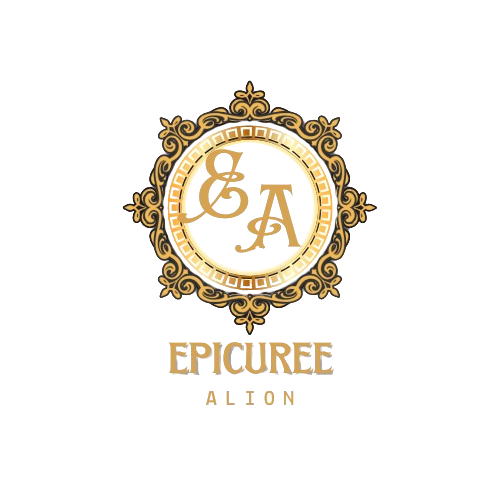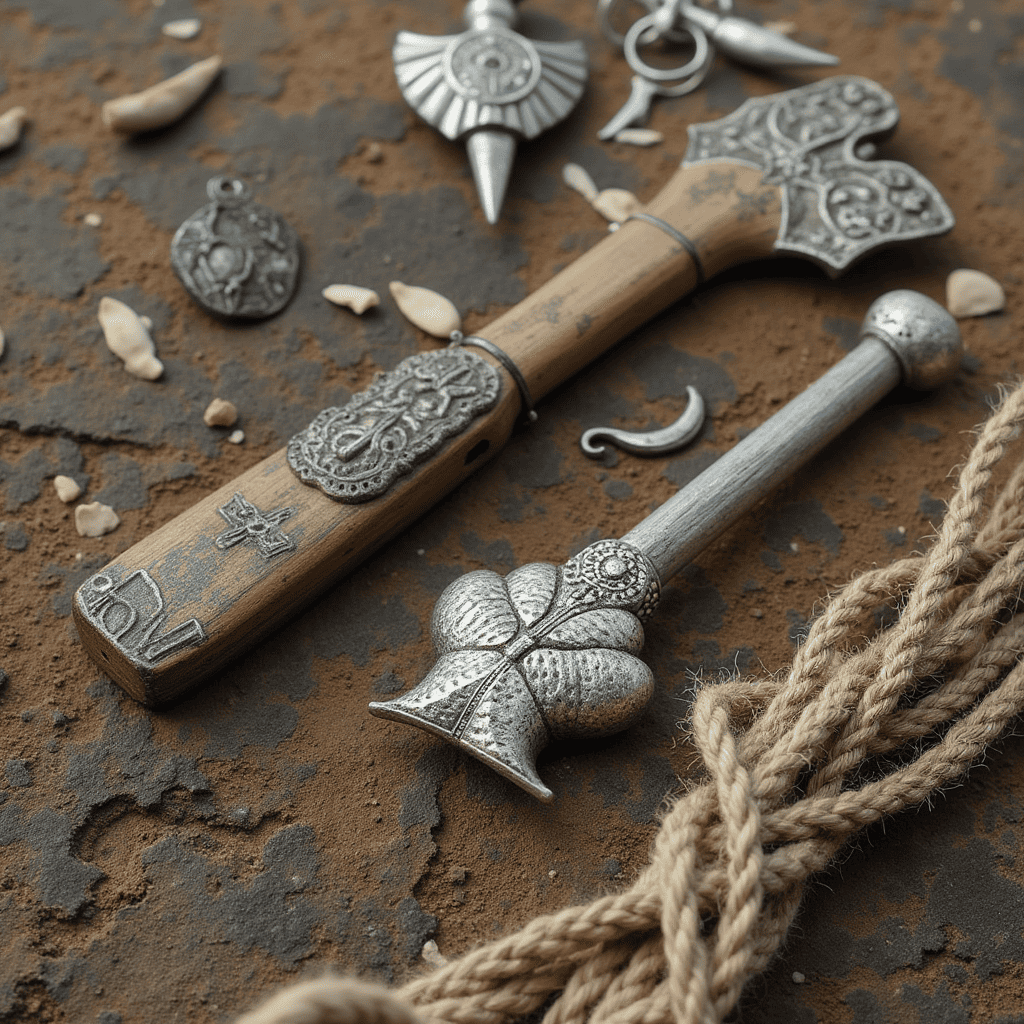For centuries, the Vikings have captivated our imagination—fierce warriors, skilled navigators, and masterful craftsmen whose influence stretched from Scandinavia to the Mediterranean. Yet, much of their history remains shrouded in mystery, buried beneath layers of time and earth. Hidden Viking relics, from forgotten battlefields to carefully concealed hoards, continue to surface, offering tantalizing glimpses into their lost world. Each discovery—a rusted sword, a twisted silver bracelet, or a chest of stolen coins—whispers secrets of raids, trade, and rituals long faded into legend. But why are these artifacts still being found today? And what can they tell us about the lives of the Norse people beyond the sagas?
Modern archaeology and even amateur metal detectorists are rewriting history one find at a time. Whether it’s a farmer stumbling upon a buried Viking hoard or scientists using LiDAR technology to uncover lost settlements, the hunt for these relics is far from over. Some were hidden for safekeeping, others as offerings to the gods—each artifact a puzzle piece in understanding Viking culture. In this post, we’ll journey from ancient battlefields to unearthed treasure troves, exploring the most astonishing discoveries, the methods used to find them, and the stories they reveal about the Vikings’ enduring legacy.
Famous Hidden Viking Relics and Their Discoveries
The Staffordshire Hoard – A Warrior’s Lost Treasure
Discovered in 2009 by a metal detectorist in England, the Staffordshire Hoard is the largest collection of Anglo-Saxon and Viking-era gold and silver ever found. Weighing over 11 pounds (5 kg), this dazzling trove includes sword hilts, helmet fragments, and Christian crosses—many deliberately bent or broken, possibly as ritual offerings after battle. Experts believe it was buried in the 7th century, either as a war trophy or to hide loot from Viking raids. Unlike typical Viking hoards filled with coins, this one focuses on military prestige, suggesting it belonged to a warrior elite.
The Galloway Hoard – Gold, Silver, and Mysterious Artifacts
Unearthed in Scotland in 2014, the Galloway Hoard is a Viking treasure unlike any other. Buried around 900 AD, it contains silver arm rings, a gold bird-shaped pin, and even a silk-wrapped parcel—luxuries hinting at ties to the Byzantine or Islamic world. The hoard was hidden inside a lead vessel, possibly to protect it from being plundered. What makes it extraordinary is its mix of Norse, Anglo-Saxon, and possibly Irish craftsmanship, proving the Vikings’ far-reaching trade and pillaging networks.
What Made This Discovery Unique?
- Multi-Cultural Artifacts: Items from as far as Central Asia suggest Vikings traded far beyond Europe.
- Exceptional Preservation: The lead container kept the relics in near-pristine condition.
- Ritualistic Burial: Some objects were carefully wrapped, possibly as an offering to the gods.
The Vale of York Hoard – A Viking Time Capsule
Found in 2007 by two metal detectorists in northern England, the Vale of York Hoard (also called the Harrogate Hoard) is a silver treasure buried around 927 AD—right when Viking rule in England was collapsing. It contains 617 coins, jewelry, and hacksilver (cut-up silver for trade), with coins from as far as Afghanistan and Russia. Historians believe it was hidden during the Viking retreat from the Anglo-Saxon king Athelstan, making it a political time capsule of a fading Norse empire.
Recent Finds: Hidden Viking Relics in Unexpected Places
- 2023, Norway: A farmer accidentally uncovered a Viking sword in pristine condition—still sharp after 1,100 years.
- 2021, Iceland: A longhouse with Thor’s hammer pendants revealed a previously unknown settlement.
- 2019, Estonia: A ship burial with skeletons and weapons suggested Vikings raided further east than thought.
How Vikings Hid Their Treasures (And Why)
Viking Burial Customs and Grave Goods
Vikings believed the dead needed possessions for the afterlife, leading to lavish burials with:
Weapons, Jewelry, and Everyday Items
- Weapons: Swords, axes, and shields (sometimes ritually “killed” by bending).
- Jewelry: Brooches, arm rings, and valkyrie pendants (symbols of Odin’s warrior maidens).
- Household Items: Combs, cooking pots, and even game pieces for entertainment in Valhalla.
Hoards: Hidden Wealth for Safety or the Afterlife?
Vikings buried hoards for three main reasons:
- Emergency Savings: Hidden during raids or invasions to retrieve later.
- Religious Offerings: Gifts to gods like Odin for victory or safe passage.
- Burial Wealth: Some hoards were never meant to be recovered—meant for the afterlife.
The Role of Paganism in Viking Burials
Before Christianity, Vikings practiced Norse paganism, where:
- Burial Mounds: Acted as portals to the afterlife.
- Animal Sacrifices: Horses or dogs were buried with owners.
- Ritual Destruction: Bent swords or broken jewelry to “release” their spiritual power.

Modern-Day Treasure Hunters & Archaeological Breakthroughs
Metal Detectorists vs. Archaeologists – Who Finds More?
The race to uncover Viking relics has sparked a fascinating—and sometimes tense—rivalry between amateur metal detectorists and professional archaeologists. In countries like the UK, Denmark, and Norway, hobbyists with metal detectors have stumbled upon some of the most significant Viking finds in history, including the Staffordshire Hoard and the Galloway Hoard. Thanks to programs like the UK’s Portable Antiquities Scheme, which encourages responsible reporting, detectorists have contributed thousands of artifacts to museums.
However, archaeologists argue that context is everything. While a detectorist might find a single coin, an archaeological dig can reveal entire settlements, burial sites, and trade networks. For example, the discovery of the Ribe Viking Center in Denmark wasn’t just about treasure—it exposed a 1,200-year-old marketplace, reshaping our understanding of Viking commerce. The debate continues: Should treasure hunting be regulated more strictly, or do detectorists play a vital role in uncovering lost history?
High-Tech Tools Used to Locate Viking Relics (LiDAR, Ground Radar)
Gone are the days of relying solely on shovels and luck. Today, archaeologists use cutting-edge technology to pinpoint Viking relics without disturbing the soil prematurely:
- LiDAR (Light Detection and Ranging): This laser-scanning tech, used in Norway’s Gjellestad ship burial discovery, reveals buried structures beneath dense forests or farmland by mapping elevation changes invisible to the naked eye.
- Ground-Penetrating Radar (GPR): In Sweden, GPR detected a previously unknown Viking hall near Birka, showing where great feasts once took place.
- Magnetometry: Measures magnetic fields to locate iron weapons, hearths, or postholes from longhouses.
These tools have revolutionized Viking archaeology, allowing researchers to “see” underground before digging, preserving fragile artifacts and saving time.
Controversial Discoveries – Looted or Legally Found?
Not every Viking relic discovery is celebrated. Some are mired in legal battles and ethical dilemmas:
- The Hoxne Hoard (UK): A detectorist’s find led to a massive payout, but critics argue it incentivizes treasure hunting over scientific study.
- The Svingerud Sword (Norway): A family found a 1,200-year-old Viking sword in their garden—should they keep it or hand it over?
- Black Market Relics: In 2022, Interpol recovered stolen Viking artifacts trafficked from Estonia to Germany.
Laws vary by country: In the UK, detectorists must report finds, while in Scandinavia, all ancient artifacts belong to the state. The question remains: Who should profit from history?
What Hidden Viking Relics Tell Us About Norse Culture
Trade Routes Revealed Through Artifacts
Viking relics have rewritten the map of medieval trade:
- Islamic Coins in Sweden: Over 85,000 Arabic dirhams found in Gotland prove Vikings traded as far as Baghdad.
- Silk in Birka Graves: Chinese silk fragments suggest connections to the Silk Road.
- Walrus Ivory in Dublin: Used for luxury items, showing Arctic hunting expeditions.
These finds reveal the Vikings weren’t just raiders—they were global merchants.
Warfare & Raiding – The Evidence in Weapons and Armor
From broken swords in rivers (possibly ritual offerings) to mass graves like the Ridgeway Hill Vikings (beheaded execution victims), relics show:
- Weapon Quality: Pattern-welded swords were status symbols, not just tools.
- Berserker Rituals: Some spearheads bear Odin’s name, linking them to warrior cults.
- Shield Maidens?: A Birka grave with weapons sparked debate about female warriors.
Viking Art & Craftsmanship in Unearthed Relics
Viking relics showcase stunning artistry:
- Animal Styles: The Oseberg ship carvings feature intricate serpent motifs.
- Filigree Jewelry: The Hiddensee Treasure (Germany) reveals goldsmithing skills.
- Rune Stones: Some relics, like the Rök Stone, mix poetry and mystery.
These artifacts prove the Vikings were more than barbarians—they were poets, artists, and innovators.

Conclusion
The hunt for hidden Viking relics is far from over—each discovery, whether a rusted sword in a farmer’s field or a gold hoard beneath city streets, peels back another layer of Norse history, revealing these seafarers not as mere raiders, but as traders, artists, and pioneers of their age. As technology advances and amateur explorers collaborate with archaeologists, we stand on the brink of even greater revelations, from lost settlements to mythic treasures like the fabled Sörmland Silver. These relics do more than fill museum cases—they challenge our assumptions, connect us to a saga written in soil and metal, and remind us that the Vikings’ legacy is still being unearthed, one artifact at a time. Who knows what secrets remain buried, waiting for the next strike of a shovel or the ping of a metal detector? The past is calling—will you listen?

